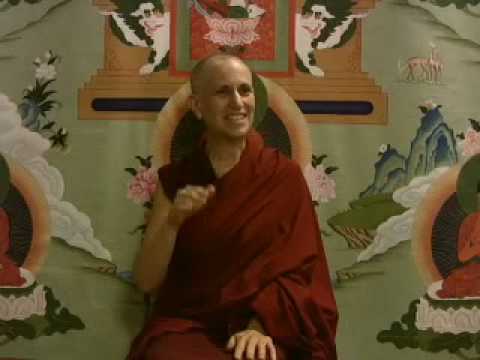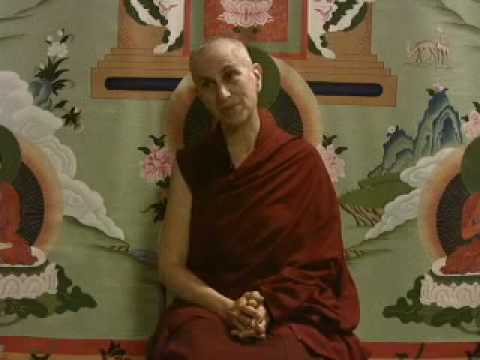Verse 24-1: Wearing ornaments
Part of a series of talks on the 41 Prayers to Cultivate Bodhicitta from the Avatamsaka Sutra (the Flower Ornament Sutra).
- Worldly motivation for wearing ornaments
- Dharma motivation for wearing ornaments
We’re on Verse 24,
“May all beings attain the ornaments of the major and minor marks of a Buddha.”
This is the prayer of the bodhisattva when seeing someone wearing ornaments.
Normally, in our worldly life, why do we wear ornaments? Because we want to look good! “Look at me, I have my diamond necklace, and diamond ring, golden this, and that, and the whole thing.” We’re all decked up.
It’s really interesting why we wear ornaments, because looking deeper, we want to make ourselves look more beautiful so other people will be attracted to us, and lying behind that is the feeling that we’re not good enough the way we are, that we need something pretty on the outside to attract other people to us, otherwise they won’t like us.
Whereas for a bodhisattva, or a buddha, or one of the deities, when they’re wearing ornaments it’s not out of that kind of, “Well I’ve got to make myself look good because I’m not good enough.” Rather, the ornaments usually represent the six far-reaching attitudes.
In the cases of a deities—when we visualize Chenrezig, or Tara, or any of those—they represent the six far-reaching practices that these great beings are adorned with. So we adorn ourselves with generosity, with ethical conduct, with fortitude, with joyous effort, with meditative stabilization, with wisdom. By being adorned by those inner qualities, then other people are naturally attracted to us. The external ornaments that they wear are symbolic of the internal qualities. Maybe out of their compassion they appear with those ornaments—the deities do—to attract us to them, because we’re so attracted to glitter. If they look pretty, then we’ll be attracted to them. Whereas the wrathful deities, they’re wearing necklaces of skulls.
But here it’s talking about the ornaments being the signs and marks of a buddha. This actually goes back to pre-Buddhist times. Why don’t I leave this part for tomorrow, and let’s just think about the ornaments and the six far-reaching practices today and contemplate that. We’ll do the signs and marks tomorrow.
Venerable Thubten Chodron
Venerable Chodron emphasizes the practical application of Buddha’s teachings in our daily lives and is especially skilled at explaining them in ways easily understood and practiced by Westerners. She is well known for her warm, humorous, and lucid teachings. She was ordained as a Buddhist nun in 1977 by Kyabje Ling Rinpoche in Dharamsala, India, and in 1986 she received bhikshuni (full) ordination in Taiwan. Read her full bio.


